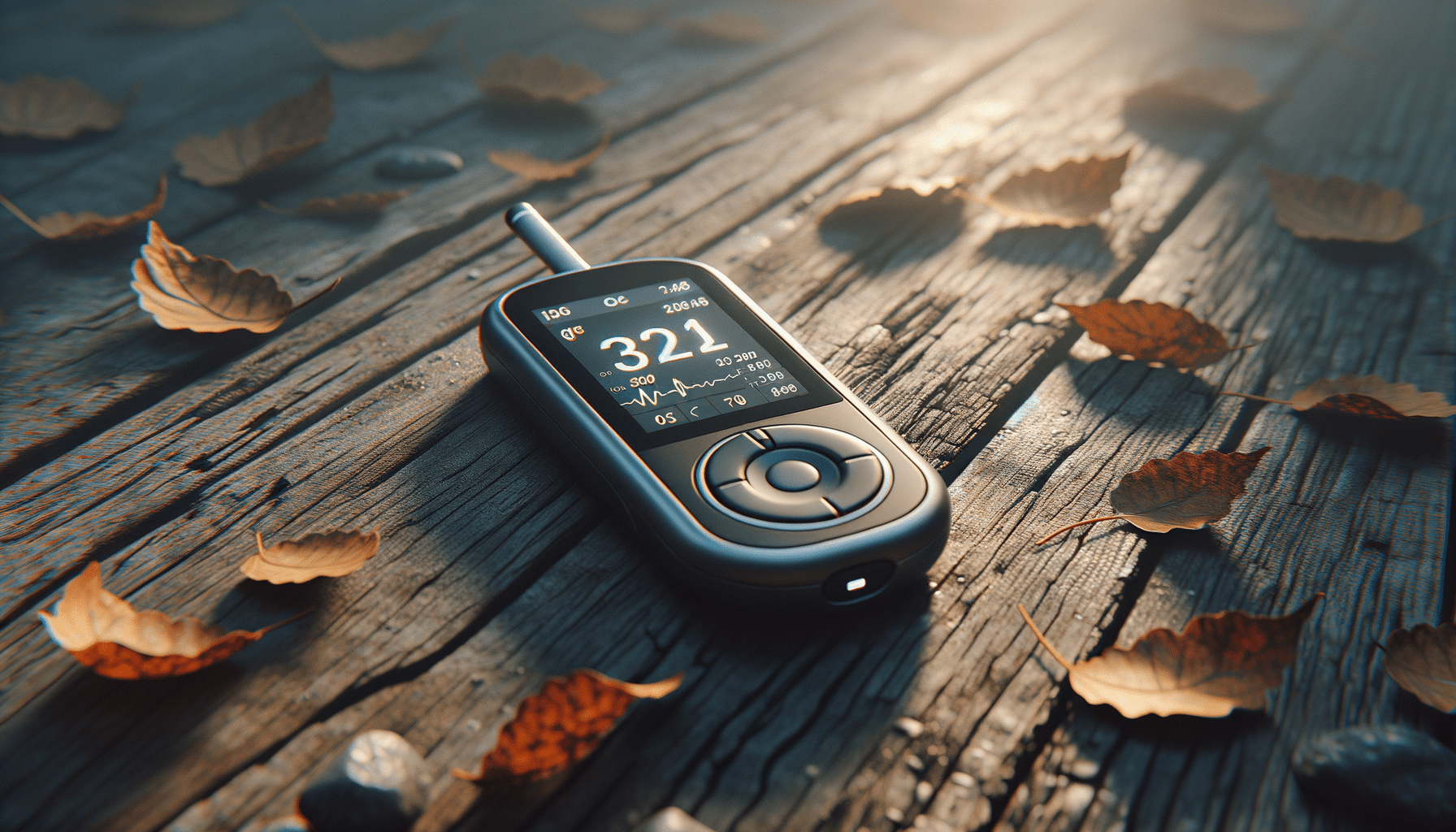
Essential Guide to Glucose Monitoring in 2025: Tools, Techniques, and Apps for Effective Diabetes Management
Introduction to Blood Sugar Monitoring
Blood sugar monitoring is an integral part of managing diabetes, a condition that affects millions globally. As the prevalence of diabetes continues to rise, understanding and controlling blood sugar levels have become crucial for preventing complications. With advancements in technology, individuals now have access to more sophisticated tools and techniques that aid in effective glucose monitoring. This article explores the importance of blood sugar management and the innovative solutions available to enhance diabetes care.
The Role of Continuous Glucose Monitoring (CGM)
Continuous Glucose Monitoring (CGM) systems have revolutionized diabetes management by providing real-time data on blood sugar levels. These devices use a sensor inserted under the skin to measure glucose levels in interstitial fluid. The data is then sent to a monitor or smartphone app, allowing users to track their glucose levels continuously. CGM systems offer several benefits, including the ability to detect trends and patterns, reducing the risk of hypoglycemia, and providing alerts for high or low blood sugar levels. This technology empowers individuals to make informed decisions about their diet, exercise, and medication, ultimately improving their quality of life.
Innovative Tools and Techniques for Glucose Monitoring
The landscape of glucose monitoring has expanded with the introduction of new tools and techniques. Apart from CGM systems, flash glucose monitoring, and smart insulin pens are gaining popularity. Flash glucose monitoring involves scanning a sensor on the skin to obtain glucose readings, offering a less invasive and more convenient option for users. Smart insulin pens, on the other hand, track insulin doses and sync with mobile apps to provide insights into insulin usage and glucose trends. These innovations not only simplify the monitoring process but also enhance the accuracy and reliability of glucose data.
The Impact of Mobile Apps on Diabetes Management
Mobile apps have become indispensable tools in diabetes management, offering features that support glucose monitoring, medication tracking, and lifestyle management. Apps designed for diabetes care often include functionalities such as carb counting, insulin dose calculators, and reminders for medication and blood sugar checks. By integrating with glucose monitoring devices, these apps provide a comprehensive view of an individual’s health data, enabling personalized and proactive management of diabetes. The convenience and accessibility of mobile apps make them an essential component of modern diabetes care.
Conclusion: Embracing Technology for Better Health Outcomes
In 2025, the landscape of glucose monitoring is marked by technological advancements that offer improved accuracy, convenience, and real-time data. Continuous Glucose Monitoring systems, innovative tools, and mobile apps have transformed diabetes management, empowering individuals to take control of their health. As technology continues to evolve, it is essential for individuals with diabetes to embrace these innovations to maintain optimal blood sugar levels and prevent complications. By staying informed and utilizing these tools, individuals can enhance their quality of life and achieve better health outcomes.


